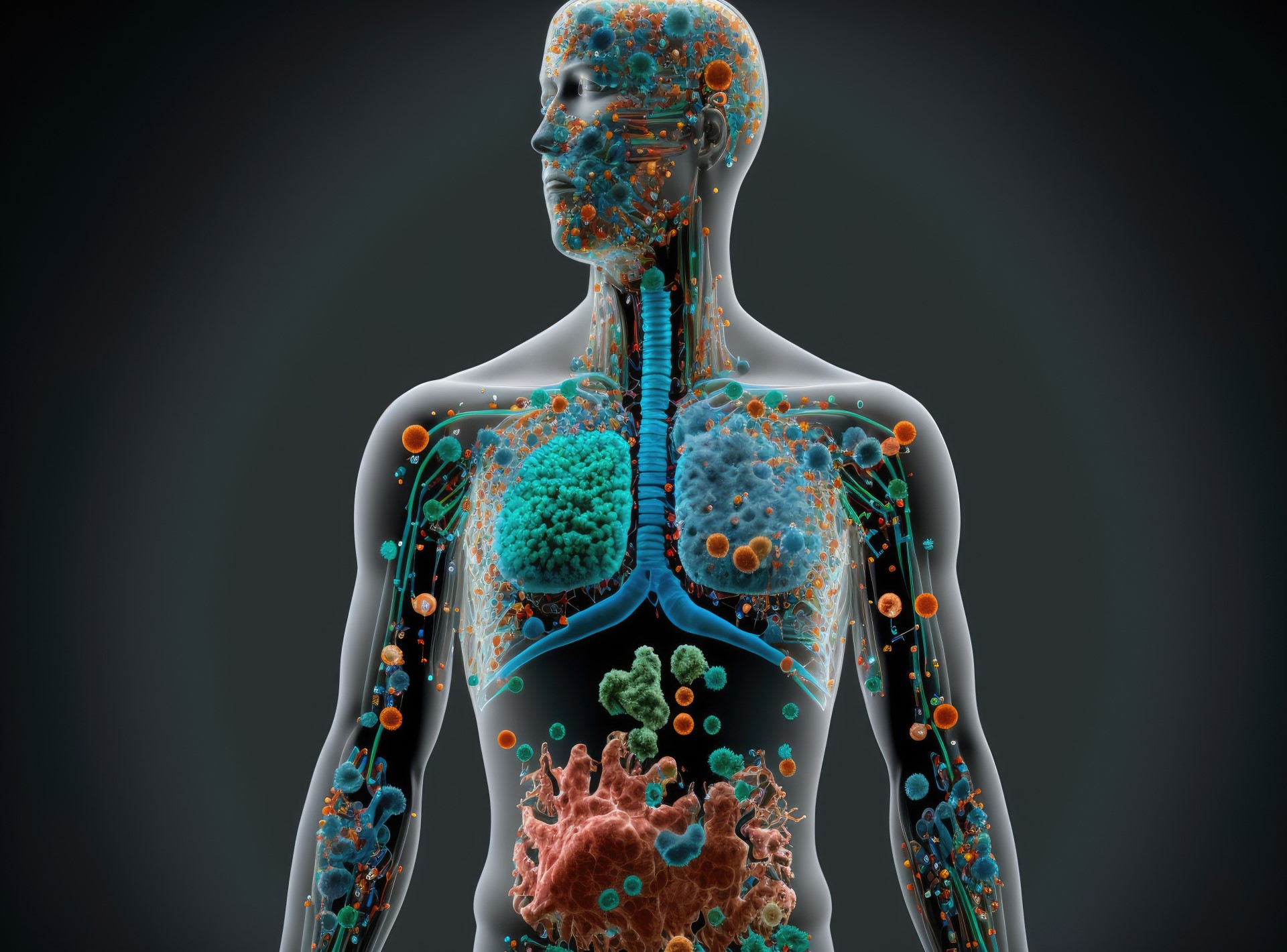
An intermittent-fasting and protein-pacing diet showed increased diversity in gut bugs compared to a calorie-restricted, heart-healthy diet, according to international researchers.
The Arizona State University’s small trial compared the effects of two low-calorie dietary interventions – a heart-healthy Mediterranean-style continuous calorie-restricted (CR) diet and a calorie-restricted regime incorporating intermittent fasting and protein pacing (IF-P).
The trial was carried out with 41 overweight or obese individuals over an eight-week period and people on the IF-P diet showed a larger decrease in symptoms of lower-to-moderate gastrointestinal problems, a greater loss of visceral fat, and an increased diversity of microbiota compared to those in the caloric restriction group.
Lead author Dr Paul Arciero said that this diet led to an increase in certain gut microbes associated with lean body types, weight loss, and fat reduction and that these insights could aid in understanding the relationship between the gut microbiome and metabolism, which may inform obesity management strategies.
“The gut microbiome plays an important role in controlling body weight and composition, a role that can be affected by nutrient availability,” he explained.
“Caloric restriction, intermittent fasting (limiting food consumption to certain windows on some days) and protein pacing (controlled protein intake at specific meals) are known to affect body weight and composition, but the effect of these dietary modifications on the gut microbiome was unclear.”
The study found that IF-P led to an increase in certain gut microbes associated with a lean phenotype, and an increase in circulating cytokines linked to weight loss, and amino acid metabolites favouring fat oxidation.
“The high-responder group showed an increased abundance of certain bacteria associated with metabolic benefits and anti-inflammatory effects,” Dr Arciero said.
“Faecal metabolome analysis further highlighted differences between the two subgroups, with distinct metabolic signatures and enrichment in specific metabolic pathways. Notably, the High WL responders displayed enrichment of faecal metabolites involved in lipid metabolism.”
In contrast, the low responder group exhibited an increased abundance of butyrate producing and nutritionally adaptive species, such as Eubacterium ventriosum and Roseburia inulinivorans.
“Low responders were more prominent in pathways related to the metabolism of amino acids and peptides, including glycine, serine, and threonine, d-glutamine, and d-glutamate, as well as tyrosine metabolism and arginine biosynthesis,” Dr Arciero explained.
The latter metabolic signature has been reported in individuals with severe obesity undergoing high-protein, low-calorie diets.
“Our findings also underscore that GM composition plays a role in weight loss responsiveness during IF-P interventions, and subgroup analysis based on weight loss responsiveness revealed significant differences in species composition at the taxonomic level,” Dr Arciero said.
“For example, it is possible that microbial competition is leveraged during reduced and intermittent nutritional input periods, emphasizing nutrient composition and food matrix type (a combination of whole food and meal replacements vs. primarily whole food), affecting available substrates for gut microbes.
“IF-P participants’ fibre intake was concentrated in fibre-rich (RS5 type) shakes, offering immediate availability of fibre to the GI tract. In contrast, CR participants consumed fibre through whole foods, leading to a slower digestion and absorption process influenced by individual digestive transit times and enzymatic profiles.
“The different nutritional environment may create ecological niches that support symbiont microbial communities.”

